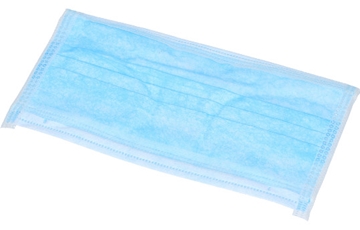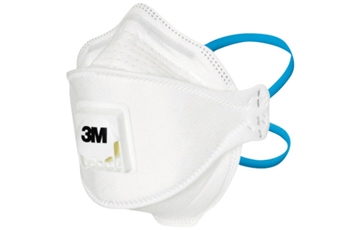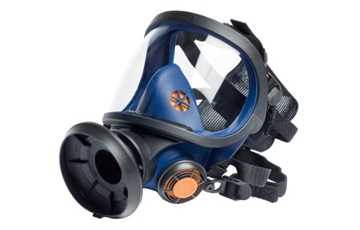Selection of filter
Respiratory protection works optimally when you know what substances there are in your environment so you can choose the right type of filter. Depending on whether it is dust, gas, steam or perhaps a combination of all, different types of filters are need
Particle filter
If you stay or work in environments where dust and aerosols occur, you need a particle filter. The particle filters are marked with P and white color code and are available in three protection classes
- P1 - Filters 80% of the dust
- P2 - Filters 94% of the dust
- P3 - Filters 99% of the dust
It is important to remember that the denser a filter, the heavier it becomes to breathe. You can advantageously use fan-fed respirators if you feel it is heavy to breathe.
Gas Filter
Gas filters are used when staying in an environment where health hazardous vapors are present. In order to choose the right gas filter you need to know which substances are present in your environment. Below you will find a table that gives an overview of different types of gas filters.
|
Designation
|
Protects against
|
Color code
|
|
A
|
Organic gases with boiling point above 65 degrees Celsius.
|
Brown
|
|
AX
|
Organic gases with boiling point below 65 degrees Celsius.
|
Brown
|
|
B
|
Inorganic gases
|
Grey
|
|
E
|
Sulfur dioxide or other acid gases
|
Yellow
|
|
K
|
Ammonia
|
Green
|
|
SX
|
Special substances
|
Violet
|
|
NO-P3
|
Nitrous gases (nitric oxide, nitrogen dioxide)
|
Blue-white
|
|
Hg-P3
|
Mercury vapor
|
Red-white
|
Combination filter
Combination filters are used in environments where both particles and gas occur simultaneously. The face protection then consists of several filters where a filter protects against particles and a filter protects against gas.
Choose the appropriate gas filter according to the safety class you need and combine it with a gas filter suitable for the environment in which you are staying.









